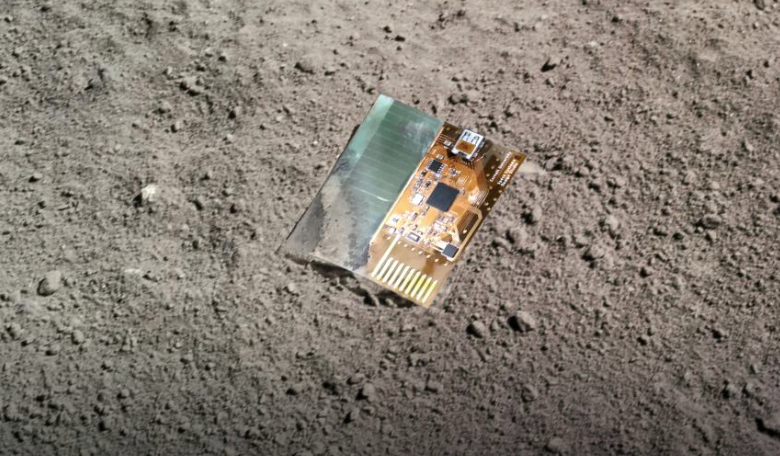With a few years to go before the next batch of intrepid astronauts head to the lunar surface, students from the US and across the world are in the interim preparing to send 500 “LunaSats” – a spacecraft small enough to fit in the palm of your hand – to the Moon by 2023, with help from a NASA-funded space mission known as GLEE (Great Lunar Expedition for Everyone).
The project is part of an initiative financed by NASA’s New York and Colorado Space Grant Consortium (NYSGC and COSGC respectively). The two consortia are backed by NASA’s Office of STEM Engagement under the National Space Grant College and Fellowship Program, which aims to inspire and educate students in science, technology, engineering and math disciplines.
As such, these leaf-sized LunaSats will be designed and built by students, or “GLEEmers,” as they have become known, at a cost of around $200 each.
The devices will work as a fully-capable satellite, complete with several environmental sensors, a small solar panel and a radio for communicating with Earth and other LunaSats. Their objective is to collect valuable data on conditions on the Moon in order to help scientists better understand the lunar environment; a necessary requisite if humanity wants to establish more permanent settlements on our nearest celestial neighbour.
“We’ve been developing these small spacecraft for over a decade,” said Mason Peck, the creator behind the LunaSat machines. “They have flown in low Earth orbit and have proven that we can democratice access to space.”
Peck, who was once a former chief technologist for NASA, is a professor at Cornell University, as well as the director of the New York Space Grant Consortium.
He also has worked as a consultant in advanced technology and business development for spacecraft contractors including Northrop Grumman, Johns Hopkins Applied Physics Lab, Lockheed Martin and SpaceX.
In 2007, Peck was awarded $75,000 by NASA's Institute for Advanced Concepts (NIAC) to study how a large fleet of small space probes in Earth orbit might travel significant distances by using planetary magnetic fields to propel themselves through space; an idea that stemmed from observations on how dust particles in Jupiter and Saturn’s rings move when exposed to electromagnetic forces.
“As we all celebrate the 50th anniversary of Apollo 11, let us tell the world we are going to the moon with a new mission conducted by students from countries across the globe, and we will be there by 2023,” said Chris Koehler, director of the Colorado Space Grant Consortium, which is based at CU Boulder.
“We still have a lot to figure out to make GLEE real,” Koehler said. “I believe additional partners will step forward who are willing to help us answer some of our biggest questions: What will the overall distributed science mission be? Whose launch vehicle will take us to the moon? Whose lander will get us to the surface?”
GLEE might soon be overwhelmed with additional supporters as 20 other space grant organisations have also signed onto the initiative, including the Nevada Space Grant Consortium, led by Lynn Fenstermaker.
“When Chris Koehler announced GLEE, I immediately knew that this endeavour would not only further NASA’s mission ‘forward to the moon and on to Mars,’ but also provide a great opportunity for students to participate in a space exploration mission that will train them for space or related science careers,” said Fenstermaker, a research professor at the Desert Research Institute (DRI).
With the prospect of building real-world applications that might one day help to pave the way for future lunar visits from human astronauts, students from CU Boulder are eager to get started as “GLEEmers.”
“It is one thing to sit in a classroom and learn, but quite another to have the level of hands-on experience that GLEE is offering,” said Hanna Galimanis, a GLEE team member and undergraduate studying aerospace engineering at CU Boulder.











